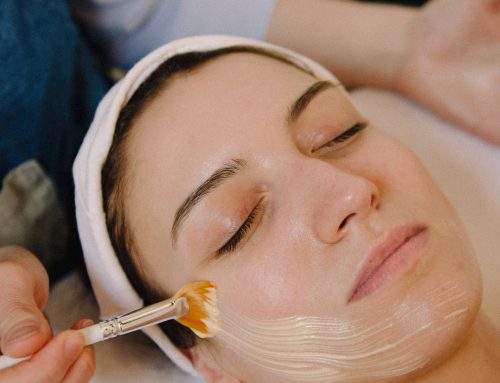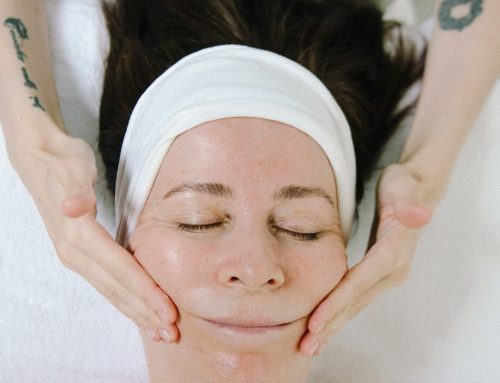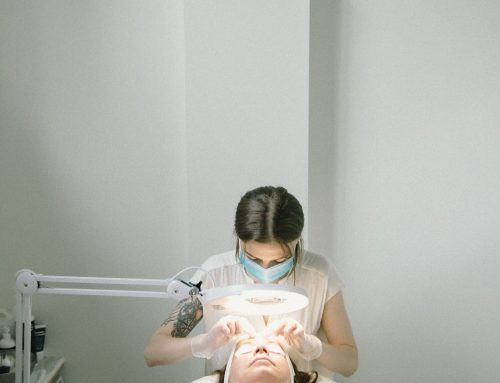 How we approach treating melanin rich skin
How we approach treating melanin rich skin
As an advanced skin clinic, we are dedicated to proving our clients with exceptional and safe care, and that requires our skin therapists have a deep understanding of the skin physiology for all skin types—including melanin rich skin.
By thoroughly understanding how a melanin rich skin responds to specific ingredients and treatment methods, we avoid complications such as scarring and inducing hyperpigmentation. In this post, we share how we go about planning and executing a professional and at-home treatment plan for melanin rich skin.
Consultation and skin analysis
A fundamental aspect of every treatment we perform involves an intake process, consultation, and skin analysis.
- The intake form we ask every client to complete helps us gain a better understanding of their skin—including how it responds to sun exposure. We base these questions on the Fitzpatrick scale which is s system used to classify skin types.
- Once the intake form is completed and the treatment is set to begin, we consult further, acknowledging any allergies or health concerns that were indicated in the form as well as your goals.
- After a double cleanse, we perform a skin analysis. This involves looking closely at your skin and touching the surface which can reveal textural concerns as well as any sensitivity.
We then take the information we gather from these steps to design a treatment specific to your skin’s needs.
Understanding melanin rich skin
Your constitutive skin colour will influence the approach we take with your skin. Constitutive skin colour refers to the melanin content of your skin which is genetically inherited. On a physiological level, this relates to the type of melanin (the protein that gives skin its natural colour) that your skin produces as well as its distribution.
There are two different types of melanin present in the skin which determine constitutive skin colours. Importantly, these two different types of melanin respond differently to UV exposure, inflammation, light therapy, and topical ingredients.
1. The most common type of melanin present in the skin is eumelanin. Eumelanin:
- is a darker pigment that comes in shades of browns and blacks
- is a large and dense, oblong-shaped molecule
- provides slight UV protection
- is not very soluble
- is more reactive to stimuli such as trauma and inflammation
2. Pheomelanin is the second type of melanin found in the skin. Pheomelanin:
- is a lighter pigment that comes in shades of yellow and red
- is smaller, sand-like granules
- has little to no UV protection
- is soluble
- is not as reactive as eumelanin
Each person has both types of melanin present in their skin, but the amount and distribution of each is what determines constitutive skin colour and how the skin will respond to ingredients and treatment methods.
Treating melanin rich skin
When we address skin concerns such as hyperpigmentation, skin texture, and/or sensitivity—the solubility and reactivity of the dominant type of melanin present in the skin influences the treatment plan we create.
For instance, with lighter skin tones that possess more pheomelanin, the active ingredients that inhibit pigmentation are more readily absorbed by this soluble protein versus the dense eumelanin molecule. This is why it can be more challenging to address hyperpigmentation concerns in darker skin tones. Furthermore, because pheomelanin is less reactive, a more intensive approach for clients with lighter skin tones can be taken with glycolic acid, retinoids, and laser or light therapies.
In the instance that more eumelanin is present in the skin, we focus on ingredients and treatment methods that will not activate uncontrolled trauma or acute inflammation in the skin.
Treatment options for melanin rich skin
As certified skin therapists with a combined experience of 30+ years, you can trust us to deliver a treatment that is not only safe, but highly effective. Some of the resurfacing options we provide that are ideal for melanin rich skin include:
antioxidant peel
This unique hydroxy acid-free peel incorporates vitamin C and amino acid filaggrin (AFA) to renew the skin without the irritation that can arise from traditional chemical peels. The antioxdiant peel leaves the skin hydrated and does not cause photosensitivity—which is an bonus we love.
customized clinical peel
This resurfacing treatment includes a 30% lactic acid peel that is excellent for brightening and hydrating the skin. Think glass skin.
Smooth + Infuse wet/dry microdermabrasion
This resurfacing treatment is fantastic for skin texture and radiance. It relies on diamond encrusted treatment tips of varying grades to smooth away rough dead skin cells, revealing fresh new skin from beneath. When it is appropriate to do so, we can combine this physical exfoliation with chemical exfoliation for enhanced skin smoothing and renewing benefits.
If you need help deciding on which treatment is best for your skin, we’d be happy to help. Just fill out the form below and one of our skin therapists will be in touch.






Leave A Comment